Pars National
Immigrating to Nova Scotia

Nova Scotia Province is one of Canada's provinces. It's in eastern Canada and is considered one of the eastern provinces. Nova Scotia is made up of lands affected by the cold climate of the Atlantic Ocean and its fertile agricultural lands. The province consists of lands such as the Nova Scotia Peninsula, rocky islands, and a bay, with its administrative center being the city of Halifax.
Nova Scotia has many natural attractions such as beautiful coastlines, water-rich forests, and abundant biodiversity. Additionally, this province has a rich history and culture, with numerous historical cities and cultural attractions.
Benefits of Migrating to Nova Scotia
The Nova Scotia Provincial Program is one of the best options for individuals who are pursuing their specialized education and seeking permanent residency in Canada. This program allows for migration either alone or with family, offering the freedom to work and live in this province.
In the Nova Scotia Provincial Program, there are several different methods of migration available, allowing you to choose the appropriate method based on your characteristics and needs.
Living in Nova Scotia
Living in Nova Scotia has its own value and attractiveness. With its relatively small population and beautiful nature, it provides a peaceful destination for living and working. Its lush greenery and forests convey a sense of peace and tranquility, making it known as a healthy and beautiful environment for life.
The city of Halifax, with its considerable population, serves as the main hub for economic and social activities in the province, offering diverse facilities and services to its residents. Moreover, the abundance of forests and natural landscapes throughout the province provides ample opportunities for outdoor activities and recreation.
Migration Methods to Nova Scotia
If you have expertise in your profession and are seeking permanent residency in Canada, the Nova Scotia Provincial Program can be a suitable option for you. This program targets individuals with various skills and capabilities, allowing them to obtain provincial nomination through one of the various migration methods and ultimately acquire permanent residency in Canada.
Priority Occupations for Nova Scotia Job Market: This method focuses on the labor market needs, targeting individuals with specific skills and experiences in particular fields.
Priority Occupations for Physicians: Designed for experienced physicians with specialized expertise in the medical field.
Special Immigration Programs for Physicians: Tailored programs for physicians who have the necessary qualifications to obtain a medical license in Nova Scotia.
Special Immigration Programs for Entrepreneurs: For individuals interested in investing in existing or new businesses in Nova Scotia.
Special Immigration Programs for International Graduate Entrepreneurs: For international graduates willing to invest in new businesses in the province.
Special Immigration Program for High-Skilled Workers: For individuals with special skills in fields needed in Nova Scotia.
Special Immigration Program for High-Demand Occupations: For individuals with skills required for occupations in high demand in Nova Scotia.
Express Entry Immigration Program: For individuals with work experience in Nova Scotia who wish to obtain permanent residency.
If you’re considering immigrating to Canada, Nova Scotia is worth considering. The province boasts exceptional economic growth and offers the best prospects for employment, healthcare, education, and quality of life. This article thoroughly examines the conditions for immigrating to Nova Scotia, migration methods, and a complete analysis of the scoring factors. You can prepare for immigration to Nova Scotia with the assistance of Pars National Immigration Consultants and enjoy an extraordinary and guaranteed quality of life. For more information on immigrating to Canada, contact Pars National Immigration Consultants.
What Are the Conditions for Immigrating to Nova Scotia?
- Age range between 22 to 55 years.
- Proficiency in all four language skills (speaking, reading, writing, and listening). IELTS and CELPIP for English and TEF for French.
- Minimum high school education level. Any foreign educational credentials must be validated by an Educational Credential Assessment (ECA) institution.
- Submission of a signed commitment form regarding living and working in Nova Scotia. This form should demonstrate sufficient budget and comprehensive family support.
Pars National is your passport to Canada.
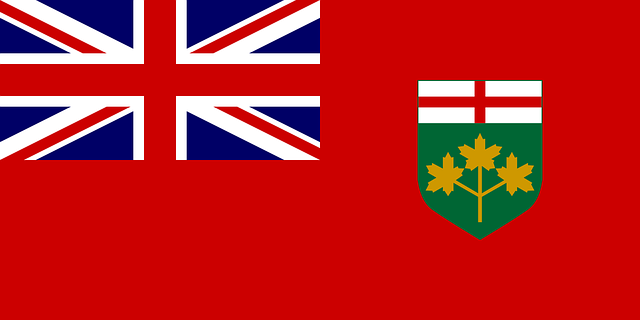
Ontario
Ontario attracts one-third of Canada's new immigrants each year. One pathway for immigration to this province is through the Ontario Immigrant Nominee Program (OINP). This method is also known as the Ontario Immigration Nominee Program.
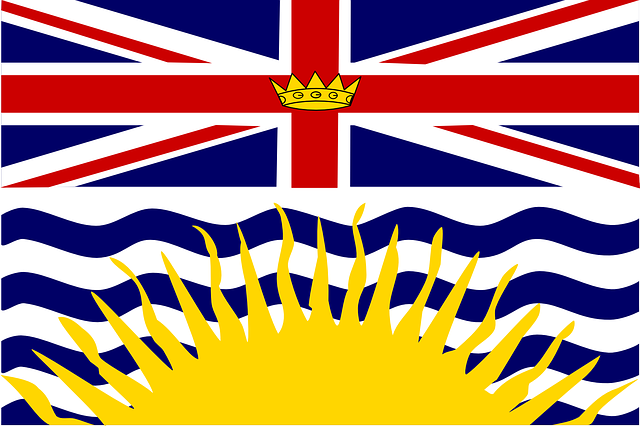
British Columbia
Immigrating to British Columbia as healthcare professionals is an attractive option because this province has an advanced public healthcare system and offers suitable job opportunities in the healthcare sector. British Columbia hosts...
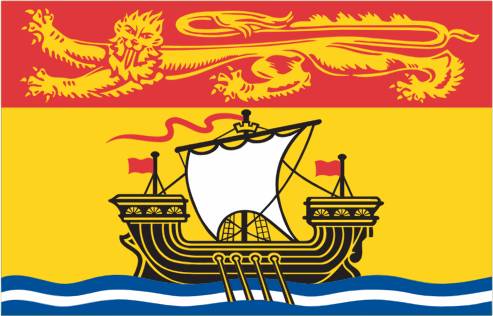
New Brunswick
The province of New Brunswick in Canada can be an attractive option. This province, with its capital city of Fredericton, is situated near the Atlantic Ocean and is known as one of the best places to find economic opportunities and change lifestyles. Strengthening infrastructure and...

Nova Scotia
Nova Scotia is one of Canada's provinces located in eastern Canada and is considered one of the Maritime provinces. Nova Scotia is made up of lands characterized by the cold climate of the Atlantic Ocean and its fertile agricultural lands.
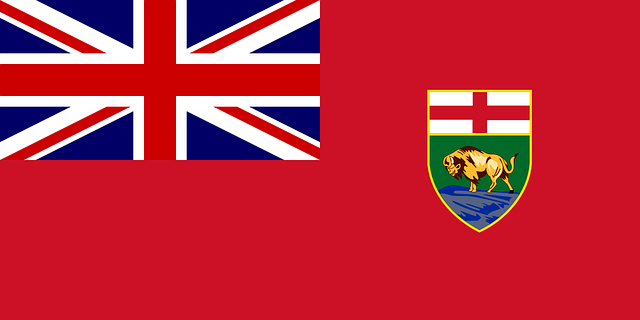
Manitoba
The province of Manitoba is one of Canada's provinces, located in the central region of Canada. Its center is the city of Winnipeg, which is also the capital of the province. Manitoba has beautiful and diverse nature, with mountains, lakes, forests, and farmlands. Winnipeg, as the capital of the province, is one of the most populous and thriving cities....
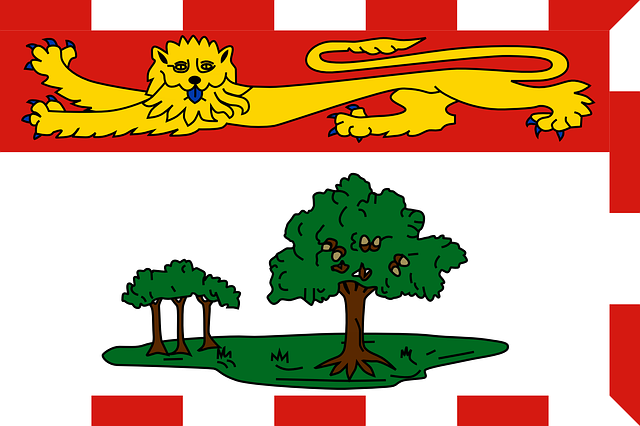
Prince Edward Island
The province of Prince Edward Island is one of Canada's provinces located on Prince Edward Island, part of Eastern Canada. Geographically, it's situated in the most northeastern point of the Atlantic Ocean, near the coasts of Newfoundland and Labrador. The term "Prince Edward"...




